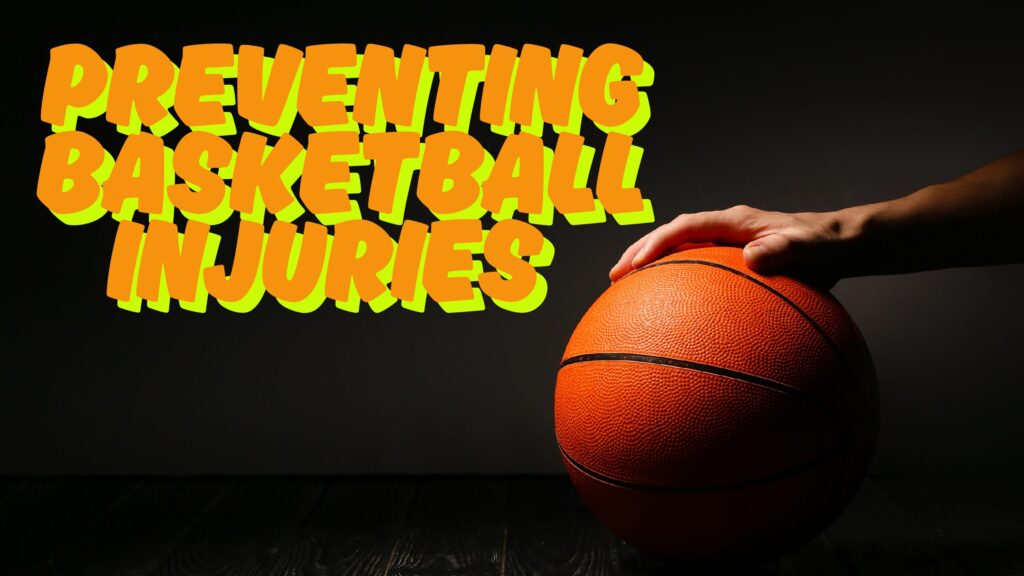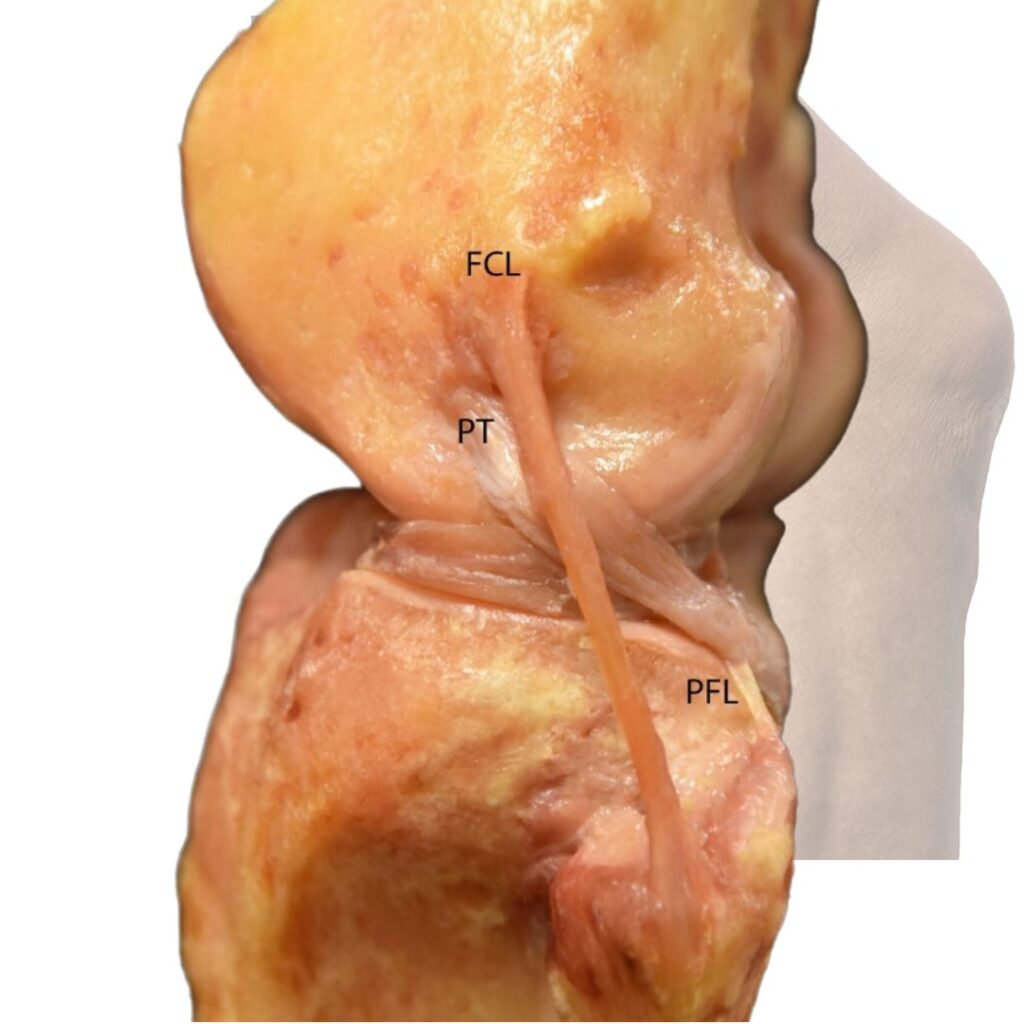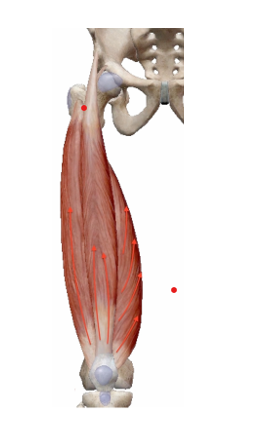Basketball is an exciting, fast-paced sport that requires agility, endurance, and strength. But with all that movement—jumping, cutting, and sprinting—comes the risk of injury. At Physical Therapy Innovations, preventing injuries is our jam! Whether you’re a weekend warrior or a competitive athlete, following these injury prevention tips can help keep you on the court and […]

While uncommon, injuries to the posterolateral corner (PLC) of the knee can lead to significant and ongoing instability, which may ultimately result in failed anterior cruciate ligament (ACL) reconstruction if these injuries are not promptly and accurately identified. The posterolateral corner is a complex anatomical region that comprises several critical structures, including ligaments, tendons, and […]

Arthrogenic Muscle Inhibition (AMI) Persistent weakness in the quadriceps muscles and limited knee extension following knee injuries/surgeries stem from distinct changes in neural excitability; a phenomenon referred to as arthrogenic muscle inhibition (AMI). Comprehension of the pathophysiology underlying AMI is essential to the physical therapist as it serves as a compass for therapeutic interventions. Several […]

ACL Injury Risk ACL injuries are common in sports such as basketball, soccer, football, and many other sports. ACL injuries can lead to future problems for young athletes. Besides the possibility of having to set out an entire season due to surgery and rehabilitation, ACL injuries can impact scholarship opportunities, athletic performance, academic performance, and […]
Physical Therapy Innovations’ Training Can Help You Return to Sport Have you had an orthopedic injury/surgery such as a knee, shoulder, elbow, or ankle injury? Did you attend traditional physical therapy, but are not 100% after discharge? Did your physical therapist provide you with sport specific training to prepare you for return to your sport(s)? […]
Prior to utilizing jump training/testing, the physical therapist (PT) must understand the difference between vertical and horizontal jump performance following ACLR. Initiated at the appropriate time, jump training/testing should be included throughout rehabilitation following ACL reconstruction (ACLR) or ACL injury to allow physical therapists to monitor and document the changes in physical competency throughout the […]